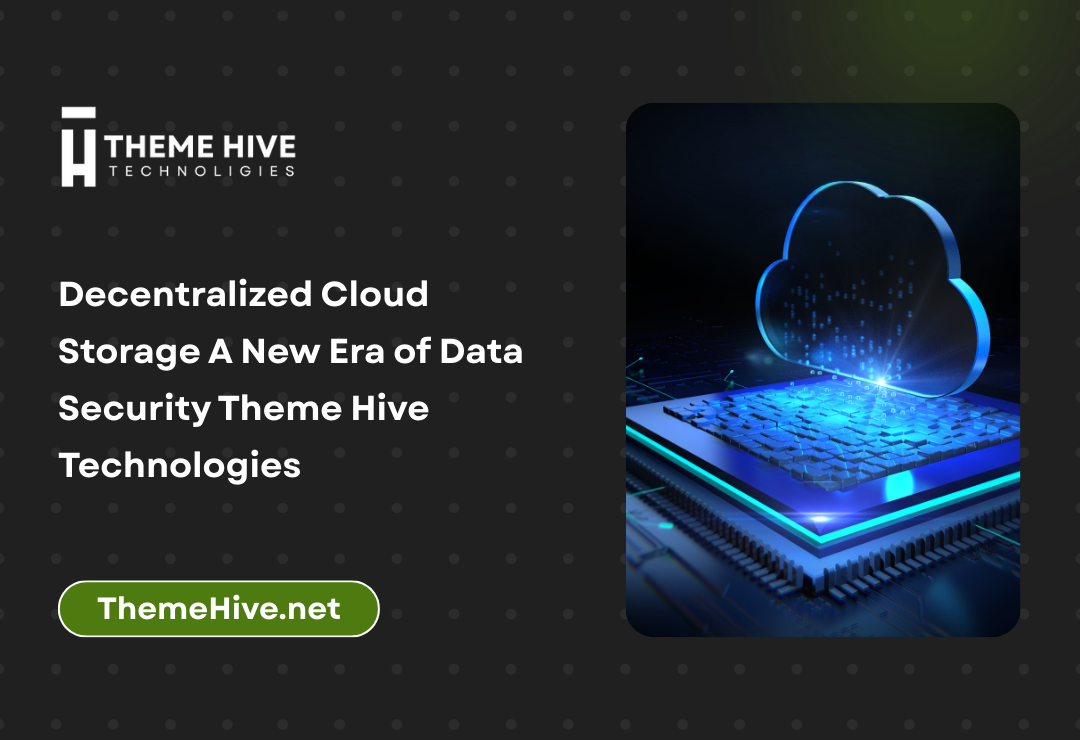Data has become the most valuable asset of modern organizations. Whether it’s customer information, employee records, financial details, or intellectual property, sensitive data is the backbone of business operations. However, with the rise in cyber threats, regulatory requirements, and data breaches, managing sensitive data securely is not just a best practice but an absolute necessity. Businesses that fail to safeguard data risk financial penalties, reputational damage, and loss of customer trust.
This comprehensive guide explores what sensitive data is, why secure management matters, the challenges organizations face, and the tools, techniques, and strategies businesses must adopt to ensure complete data protection. We will also cover compliance frameworks, real-world examples, and best practices to help businesses strengthen their data security posture.
Understanding Sensitive Data
Sensitive data refers to any information that must be protected from unauthorized access due to legal, ethical, or contractual obligations. It can be broadly categorized as:
- Personally Identifiable Information (PII) – Names, addresses, phone numbers, social security numbers, and other details that identify an individual.
- Financial Data – Credit card information, bank account details, and transaction records.
- Health Data – Medical records, prescriptions, and patient histories regulated under HIPAA and similar frameworks.
- Confidential Business Data – Trade secrets, intellectual property, strategic plans, and internal communications.
- Government Data – Classified documents, legal records, and sensitive law enforcement information.
Protecting this information requires layered strategies that combine technology, policies, and human awareness.
Why Secure Data Management Matters
The consequences of mishandling sensitive data can be devastating. Here are key reasons why secure management is critical:
- Regulatory Compliance – Laws like GDPR, HIPAA, and CCPA mandate strict protection of personal data. Non-compliance leads to heavy fines.
- Reputation Management – Customers expect their data to be safe. Breaches can permanently erode trust.
- Financial Security – Cyberattacks targeting sensitive data often result in financial theft or ransom demands.
- Competitive Advantage – Safeguarding trade secrets ensures that competitors cannot exploit confidential information.
- Operational Continuity – A single breach can disrupt operations, resulting in downtime and revenue loss.
Common Threats to Sensitive Data
Sensitive data faces multiple risks, including:
- Phishing Attacks – Deceptive emails tricking employees into revealing credentials.
- Ransomware – Malware that encrypts data until a ransom is paid.
- Insider Threats – Employees or contractors intentionally or accidentally leaking data.
- Weak Passwords – Easily guessable credentials that allow hackers to gain access.
- Unpatched Software – Outdated systems vulnerable to exploitation.
- Cloud Security Gaps – Misconfigured cloud storage exposing data publicly.
Recognizing these threats is the first step to building a defense strategy.
Theme Hive Technologies
Frameworks and Regulations for Data Security
Several global frameworks govern how businesses must manage sensitive data securely:
- GDPR (General Data Protection Regulation) – Applies to companies handling data of EU citizens. Requires lawful processing and secure storage.
- HIPAA (Health Insurance Portability and Accountability Act) – Protects health-related information in the United States.
- CCPA (California Consumer Privacy Act) – Provides privacy rights to California residents.
- ISO/IEC 27001 – An international standard for information security management.
- PCI DSS (Payment Card Industry Data Security Standard) – Protects financial and cardholder data.
Compliance is not optional—failing to meet these standards can result in fines, legal issues, and reputational damage.
Tools for Managing Sensitive Data Securely
Businesses must leverage modern tools to secure their data effectively. Some essential categories include:
1. Encryption Tools
Encryption ensures that data remains unreadable to unauthorized users. Tools like VeraCrypt, BitLocker, and OpenSSL provide strong encryption for files, databases, and communications.
2. Access Control Systems
Identity and access management (IAM) tools such as Okta and Microsoft Azure AD enforce strong authentication and role-based access.
3. Data Loss Prevention (DLP) Software
Solutions like Symantec DLP and Digital Guardian monitor and prevent unauthorized sharing of sensitive data.
4. Cloud Security Platforms
Cloud services like AWS Security Hub and Google Cloud Security Command Center provide monitoring and protection for cloud-based data.
5. Backup and Disaster Recovery
Tools like Veeam and Acronis ensure data remains available even during cyberattacks or disasters.
6. Endpoint Security Solutions
Antivirus and endpoint detection tools such as CrowdStrike Falcon and Sophos Intercept X protect devices from malware.
Best Practices for Secure Data Management
- Classify Data – Not all data is equally sensitive. Classify information based on its importance and apply appropriate controls.
- Use Strong Authentication – Implement multi-factor authentication (MFA) across all systems.
- Encrypt Everything – Ensure data is encrypted both at rest and in transit.
- Regularly Update Systems – Patch software and operating systems to fix vulnerabilities.
- Limit Access – Follow the principle of least privilege (PoLP).
- Conduct Security Training – Employees must be educated about phishing, social engineering, and secure practices.
- Audit and Monitor – Use logging and monitoring tools to track access and detect anomalies.
- Establish an Incident Response Plan – Prepare for potential breaches with a documented recovery strategy.
Role of Encryption in Sensitive Data Security
Encryption is one of the most effective ways to manage sensitive data securely. Businesses should use:
- Full-Disk Encryption – Protects all files on a device.
- Database Encryption – Secures structured data in databases.
- Email Encryption – Ensures communications remain private.
- End-to-End Encryption (E2EE) – Protects messages in collaboration apps.
When implemented correctly, encryption ensures that even if hackers steal the data, they cannot read it without the decryption key.
The Human Element in Data Security
Technology alone cannot prevent breaches. Human error is a leading cause of security incidents. Organizations must:
- Conduct regular awareness training.
- Simulate phishing attacks to test employees.
- Establish clear policies for handling sensitive data.
- Encourage a security-first culture.
Case Studies: Real-World Breaches
- Equifax Breach (2017) – Exposed data of 147 million individuals due to unpatched software.
- Target Breach (2013) – Attackers stole credit card data by exploiting a vendor’s weak credentials.
- Yahoo Breach (2014) – Compromised 3 billion accounts, underscoring the importance of robust access control.
These incidents highlight that breaches are not hypothetical—they can devastate even the largest companies.
Challenges Businesses Face in Managing Sensitive Data
- Evolving Threat Landscape – Hackers constantly adapt new techniques.
- Complex IT Environments – Cloud, on-premises, and hybrid systems complicate security.
- Limited Resources – Small businesses often lack skilled security teams.
- Third-Party Risks – Vendors and partners may mishandle data.
Overcoming these challenges requires investment in both people and technology.
Future Trends in Data Security
- AI-Powered Threat Detection – Machine learning will identify anomalies faster than humans.
- Zero Trust Architecture – A “never trust, always verify” model will dominate.
- Blockchain for Data Integrity – Ensures records are tamper-proof.
- Privacy-Enhancing Technologies – Homomorphic encryption and differential privacy will expand.
Building a Secure Data Culture
Security is not a one-time project—it is an ongoing process. To build a sustainable security culture:
- Leadership Commitment – Executives must prioritize security.
- Employee Engagement – Involve staff in policy creation and awareness.
- Regular Audits – Test systems and processes frequently.
- Transparency – Communicate openly about risks and responses.
Conclusion
Managing sensitive data securely is fundamental to modern business success. With cyberattacks becoming more sophisticated, organizations must adopt a layered defense strategy involving technology, people, and processes. By classifying data, implementing strong access controls, encrypting information, and fostering a security-aware culture, businesses can protect their most valuable asset: information.
Companies that invest in secure data management not only comply with regulations but also gain customer trust, strengthen resilience, and achieve long-term growth.
Theme Hive Technologies
Internal Links for Further Reading
Outbound Authority Links
- GDPR Overview – EU Official Website
- HIPAA Compliance – U.S. Department of Health & Human Services
- NIST Cybersecurity Framework
- ISO/IEC 27001 Standards – ISO.org
- PCI Security Standards Council







